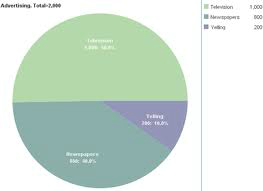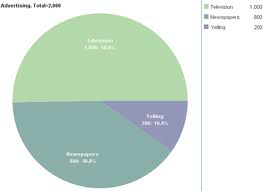
MONTANA |
VIDIN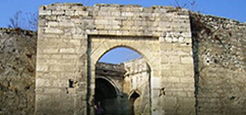 |
DOLJ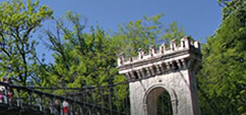 |
Interactive map |
| CULTURAL-HISTORICAL RESOURCES | CULTURE AND RELIGION | FOLKLORE, CRAFTS AND TRADITIONS | EVENTS | TOUR PACKAGES |
Montana District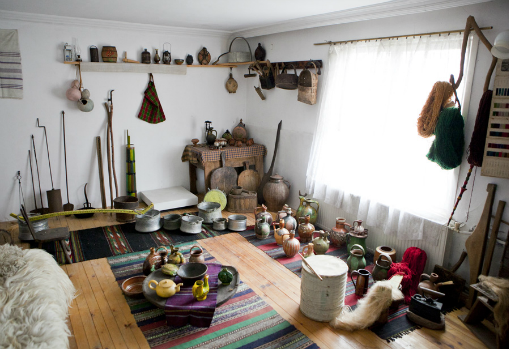
Folk dances The folk dance in northwestern Bulgaria is rich and varied. It is characterized by a whirlwind play, freedom of movement and ease of implementation. The play in this region is associated with the separation of the concerns, everyday work on the farm and giving joy and gaiety. This dance is often equated with "disconnecting from the earth" and "flight to carelessness". The typical dance from the northwestern Bulgaria has a small step, gentle movements and finely balanced with springing legs and shoulders. Often are seen squatting, tangles and characteristic growls. Most of the dances are mixed; the motions are concentrated mostly in the legs. Head and body are also involved. Very typical is the intentionally and broad waving of hands as if the dancing does not step but "fly". Typical for Montana are folk dances in size 2 /4 (with small steps). In most of the dances, the players are holding hands each other, but commonly is seen a grip in the belt. Almost every dance begins slowly and quietly, but soon became small stepped and speeds up. During a long performance, the dancers repeatedly returns to the initial calm and wide movements for relaxation. Popular chain dances (horo) from the Northwestern ethnographic area are: Daichovo horo, Paidushko horo, Elenino horo, Gankino horo, Dunavsko horo (Danube), Chichovo horo (Uncle’s), Cherkezko horo, Kulsko horo, Shira, Gamzovyana, Izruchanka, Torlashko, Serbian-jolly horo, Small step Wallachian horo. Folk music and instruments Musical folklore in northwestern Bulgaria is extremely colorful. One of the most distinctive tracks in this region is rebel epic songs, which can rightly be claimed to be "born" in the mountains. Frequently performed are the texts of mythical creatures from Bulgarian folklore – dragon, lamia and more. Among the folklore songs of the Northerners still a worthy place is occupied by the Harvesting (with characteristic growls), the wedding (reflecting the entire wedding ritual), sedenkarski, ritual and table songs. Typical of Montana region is the monophonic performance that usually is in narrow tonal range. The melodies are often without size or in irregular sizes. Musical instruments that accompany the northwestern folk song is the duduk (wooden flute), the shepherd’s pipe, ocarina, rebeck, kaval and the bagpipe. Among these the most typical for the region is the duduk. It must be emphasized and the presence of the European brass and string instruments that constantly accompany the brass music on weddings and outdoor tables. Popular songs from the Northwestern ethnographic region are the following: Eleno, maid, Zalbeialo mi agantse (My sheep started mooning), Sbiraite se malki momi (Gather together little girls), Mari mome (Mari, lass), Peperuda hodeshe (Butterfly walked), Baba luk posela (Grandma planted onion), Kitka ti padna, Deno (A bunch fell down, Deno), Malka moma tsvete brala (Little girl picked a flower), Nedo le, Nedke hubava (Nedo le, Nedke Beautiful), Temenugo, Temenuzhke (Violet, Violet), Dunav teche yagodo (Danube is flowing, Yagodo), Naklala Yanka sedyanka (Yanka gathered people for a working-bee). Customs, crafts, costumes Folk rituals: Lazarki; Laduvane (Daylada); Kapanska wedding; Butterfly; German; Rusalii – Kalushari; Chasing of dragon. Folk crafts: homespun tailoring; manufacturing of goat;s-hair rugs and bags; turnery; wood carving; coppersmith work; pottery making; goldsmith’s trade; carpet industry; cutlery and others. Folk costumes: female – two-apron costume; male – white dress costume. |
MOST VISITED
PUBLICATIONS
TOURIST INFORMATION
Where to sleep
Where to eat
Transportation
Recent archaeological excavations, research, restoration
Links
|
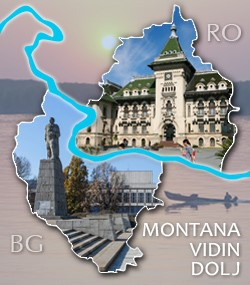
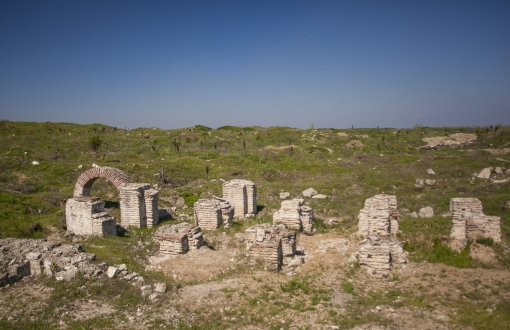
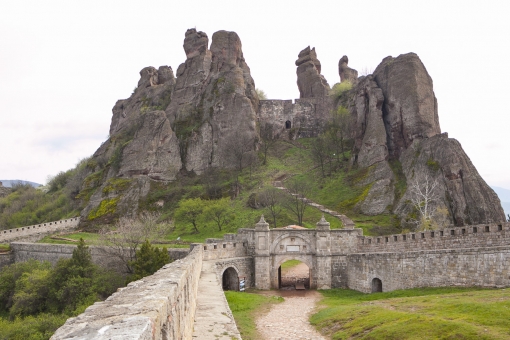
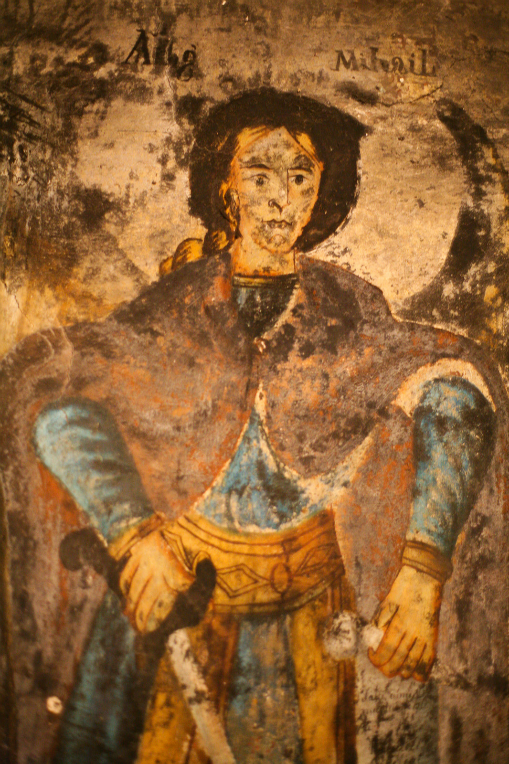
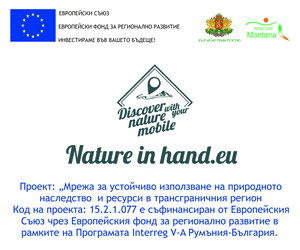
 Google Play
Google Play App Store
App Store 